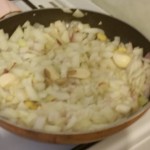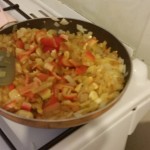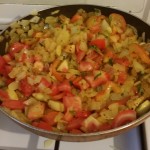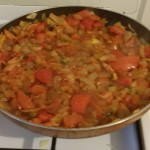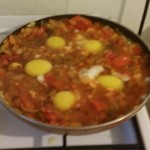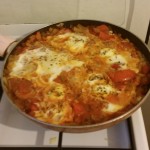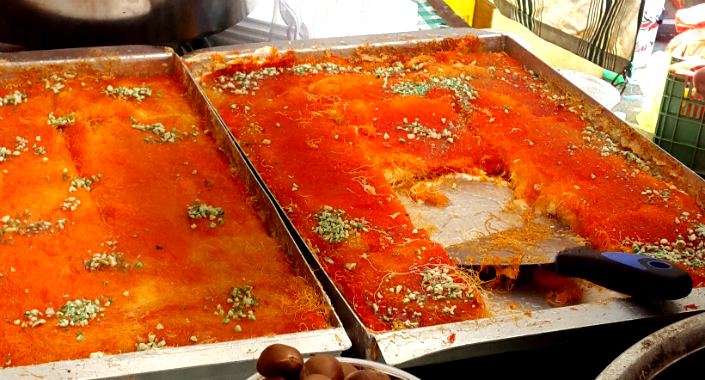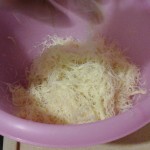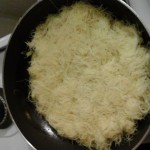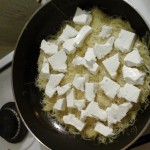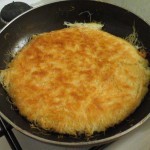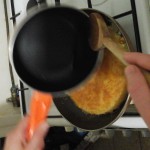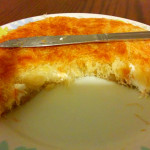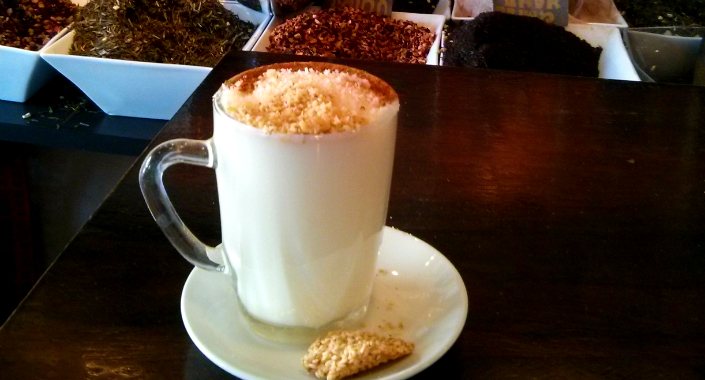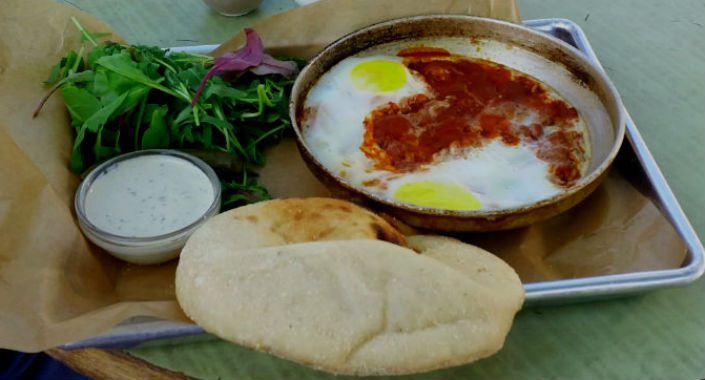
Israels’ Ultimate Breakfast
Posted by CamelYoni_123 | Food, Markets, oriental food, recipes, traditional food, Uncategorized | One CommentIf you could create the perfect breakfast- one that could also be served as a good lunch or dinner, what would it be?
I can hear you saying to yourselves ‘obviously hummus ‘ or ‘Yoni’s thinking about shawarma like he always does’ but no. I’m thinking of the true breakfast of champions- Shakshuka!
Shakshuka is a staple of many north African countries including Tunisian, Libya, Algeria and Morocco. It was introduced to Israel in the 1950’s when thousands of Tunisian and Maghrebi Jews immigrated. You may have seen it before- a frying pan filled with a red tomato sauce in which an egg or two have been cooked.
We Israelis have developed it past a simple food into a complete art form. Over time it has developed from a working class food to a well known and recognized national treasure.
The basics of Shakshuka are always the same although different traditions and different restaurants make Shakshuka in their own unique way. Some make the sauce based on red peppers, others add copious amounts of spinach. Some places give it a ‘balkan’ flavour by adding salty cheese and eggplant.
Regardless of the various changes it always makes a very filling and nourishing meal!
If you really want t understand what shakshuka is all about I recommend going to many small coffee shops and trying various types. I recommend Dr. Shakshuka in Jaffa, and I was very pleasantly surprised by the shakshuka served at the old train station in Jerusalem.
There are many restaurants which boast having the best one, and every Israeli will tell you that he can make the best one.
But to tell the truth, I make the best Shakshuka of all. For all of you at home who want to make your first Shakshuka here is my recipe:
Yoni’s Best Shakshuka
Ingredients:
2 large onions diced
1 red pepper diced
2 very ripe tomatoes diced
100 ml tomato paste
100 ml water
5 cloves garlic
4 cardamom pods
3 dashes of hot paprika
3 dashes of turmeric
3 dashes of cumin
salt
pepper
bunch of dried sweet basil
handful of diced parsley
tbsp. diced ginger root
copious amounts of olive oil
4 eggs
Directions:
Saute garlic, ginger, cardamom pods and onion in a wide frying pan. Once the onions are ‘clear’ add the cumin, turmeric and hot paprika. Mix it in until the spices are evenly spread and add the red pepper.
As the red pepper is sautéing add the basil and parsley.
When you smell the basil and parsley add the diced tomatoes and mix very well.
Add in the tomato paste and 100ml water and mix well.
Add salt and pepper.
Cook the mixture for two minutes at a low heat so that it doesn’t burn.
Add enough water to almost cover the vegetables, and bring the mixture to a simmer.
Dig 4 small indentations for the eggs. Pour each egg into each to its own indentation. Cover the pan and let cook for a couple of min until the whites cook but the eggs are still soft.
Serve with fresh pita and a nice fresh salad.
Enjoy!
- Step 1
- Step 2
- Step 3
- Step 4
- Step 5
- The perfect Shakshuka

